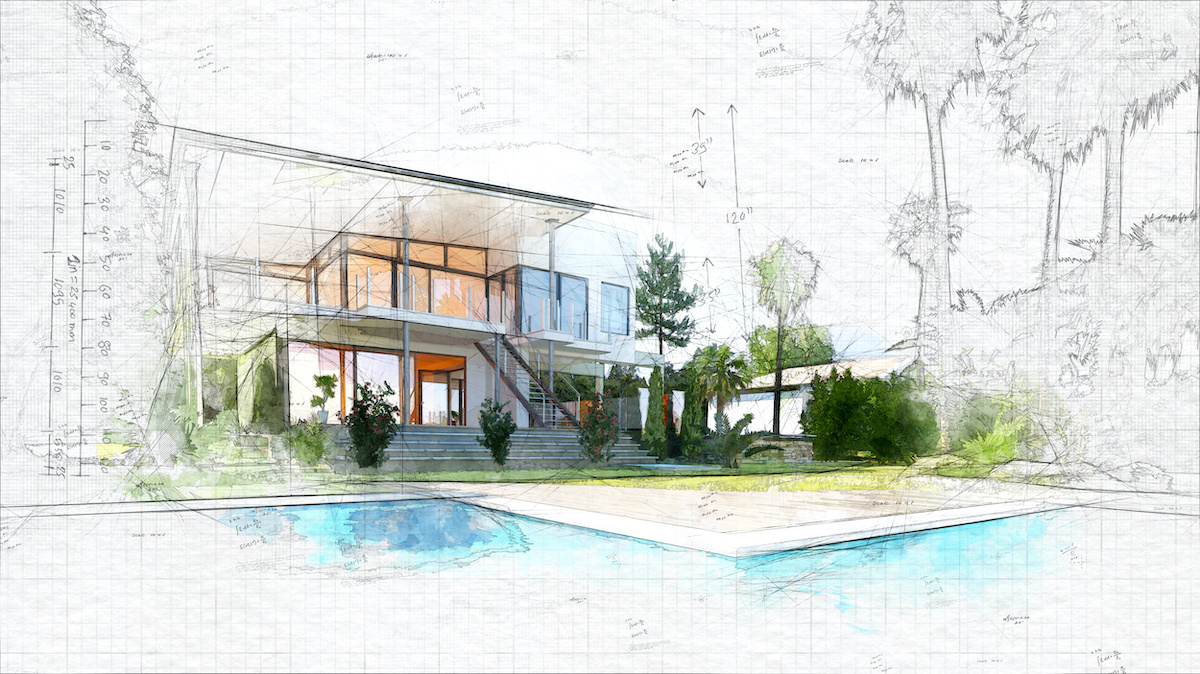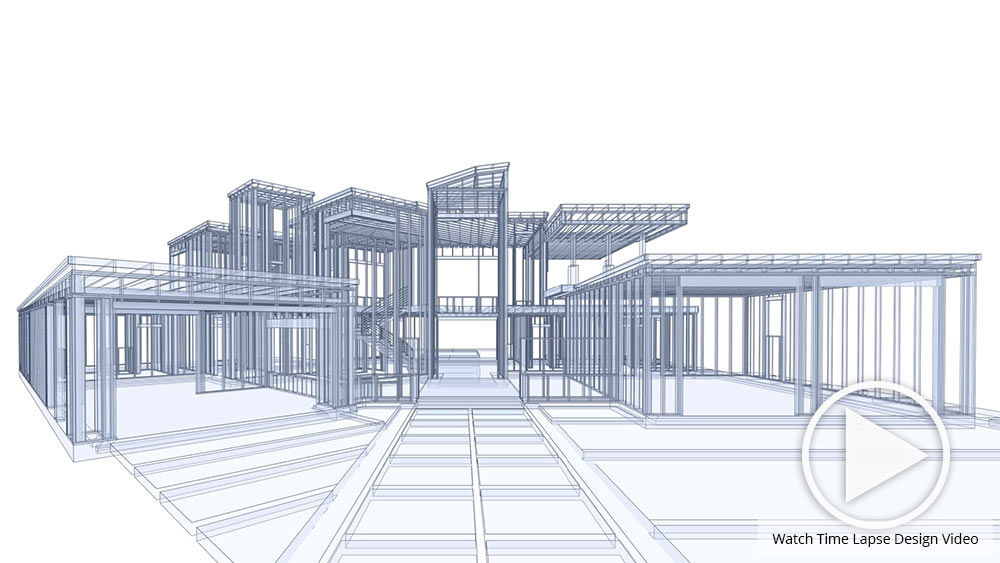Exactly How CDA Architects Integrate Imagination and Capability in Modern Architecture
Exactly How CDA Architects Integrate Imagination and Capability in Modern Architecture
Blog Article
An Extensive Review of Building Designs and Their Impact on Modern City Preparation and Advancement
Architectural designs have long worked as a mirror to the social values and technological developments of their time, playing a vital function fit modern city preparation and development. From the grandeur of Neoclassicism to the practical strategy of Brutalism, each style has actually introduced unique concepts that affect urban visual appeals and capability. As modern obstacles arise, consisting of sustainability and community demands, understanding these historic frameworks ends up being essential. The resulting discussion not only informs future layout methods but also elevates significant questions concerning the equilibrium in between heritage and innovation in our evolving urban landscapes.
Historic Introduction of Building Styles

As cultures transitioned via the Center Ages, Gothic style arised, defined by its verticality and elaborate describing, mirroring the spiritual goals of the period. The Renaissance marked a resurgence of classical suitables, merging art and style in ingenious means that influenced subsequent styles throughout Europe.

Today, building styles remain to develop, driven by globalization and sustainability concerns, reflecting a dynamic interplay between heritage and technology. This historic summary highlights the significance of architecture as a mirror of social development and as a catalyst for metropolitan advancement.
Secret Architectural Styles Explained
The variety of building styles reflects the myriad impacts that shape our constructed setting, each embodying distinctive qualities and cultural values. Secret architectural designs consist of Timeless, Gothic, Baroque, Innovation, and Postmodernism, each standing for distinct historical contexts and aesthetic ideologies.
Classic architecture, rooted in old Greece and Rome, stresses symmetry, percentage, and the use of columns (cda architects). In contrast, Gothic design, growing between Ages, is characterized by sharp arches, ribbed safes, and flying buttresses, creating an aerial high quality in basilicas. Baroque architecture, arising in the 17th century, is noted by magnificence, sophisticated embellishment, and a vibrant interaction of light and darkness
Modernism, which obtained energy in the very early 20th century, focuses on feature over kind, using new materials like steel and glass to create minimal structures. Postmodernism, reacting versus the austerity of Innovation, accepts eclecticism and historical referral, usually incorporating lively elements and paradox.

Influence on Urban Planning
In forming the advancement of cities, building designs substantially influence metropolitan planning choices. The selection of architectural style commonly determines the aesthetic appeals, capability, and total character of metropolitan settings. Innovation, with its focus on minimalism and functionality, encourages open spaces and the integration of innovation, forming city designs that focus on efficiency and accessibility. Conversely, typical styles might stress historical conservation, leading to urban styles that keep cultural heritage and advertise pedestrian-friendly environments.
Additionally, building designs can affect zoning guidelines and land use policies. Urban coordinators need to take into consideration the prevailing building trends when making areas, making sure that brand-new advancements balance with existing structures. This consideration promotes cohesive city landscapes and enhances neighborhood identification.
The application of particular architectural styles can also affect socioeconomic elements within a city. As an example, high-end contemporary designs might attract affluent locals and businesses, leading to gentrification, while more inexpensive housing services might focus on useful and lasting designs to suit diverse populations. Eventually, the interaction between architectural styles and urban preparation develops dynamic cities that reflect both historic context and modern demands, shaping the lived experiences of their inhabitants
Sustainability and Modern Design
Architectural styles play a critical function in addressing contemporary challenges, specifically in the world of sustainability. As urban areas increase and ecological problems intensify, modern architecture significantly embraces lasting style concepts that focus on energy performance, source conservation, and marginal ecological influence.
Contemporary architectural movements, such as biophilic style and green architecture, advocate for structures that integrate with their environments, making use of all-natural materials and advertising biodiversity. These styles often include renewable energy sources, such as photovoltaic panels and wind turbines, to reduce dependence on nonrenewable fuel sources and reduced carbon impacts.
In addition, the integration of advanced innovations, such as smart structure systems, enhances power management, maximizing resource use while ensuring occupant comfort. why not try these out Cutting-edge water monitoring techniques, consisting of rain harvesting and greywater recycling, additional contribute to sustainable metropolitan settings.
Especially, sustainability prolongs past environmental issues; it incorporates social and economic dimensions as well. By promoting neighborhood wellness and promoting inclusivity, modern architectural styles straighten with lasting development objectives. As a result, the evolution of building methods continues to shape resilient cities that not only satisfy the needs of today yet likewise secure the future for generations to find.
Neighborhood Engagement in Layout
Community engagement in layout offers as an important bridge in between designers and the populaces they offer, making sure that the built atmosphere shows the needs and desires of its individuals. This joint find more info process invites neighborhood participants to contribute their insights and preferences, cultivating a sense of ownership and obligation toward the spaces they populate.
Efficient area involvement employs different approaches, such as workshops, studies, and public forums, to gather varied point of views. These techniques help with a two-way discussion, enabling architects to understand neighborhood contexts while equipping homeowners to articulate their problems and wishes. This inclusivity not only improves the style quality but additionally promotes social equity by dealing with the distinct difficulties encountered by marginalized teams.
Additionally, area engagement can result in ingenious remedies that could not arise in a conventional design process. By integrating local knowledge and social worths, designers can produce rooms that resonate even more deeply with individuals, enhancing use and sustainability. Eventually, focusing on community engagement in design procedures results in environments that nurture social communications, assistance well-being, and enhance area ties, therefore playing a crucial role fit modern-day metropolitan landscapes.
Final Thought
Building designs have exceptionally influenced modern-day city planning and development, reflecting advancing cultural and technological contexts. The combination of historic visual appeals with contemporary requirements fosters urban settings that focus on sustainability and community interaction. As cities proceed to grow and adapt, the continuous discussion between building heritage and modern-day design concepts will certainly stay necessary in producing inclusive, dynamic areas that improve high quality of life and promote social equity. The future of metropolitan development rest on this unified equilibrium.
Report this page